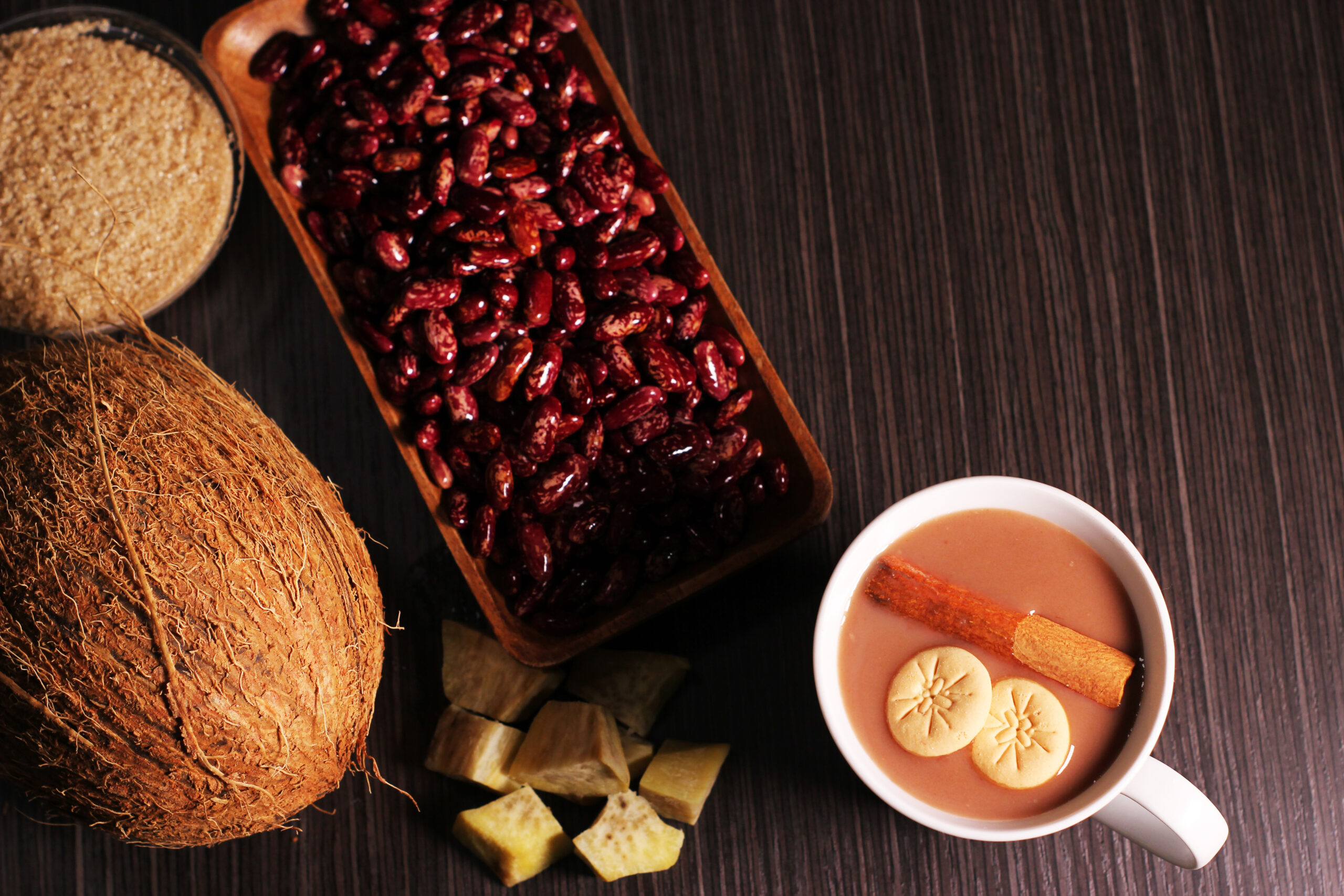What is Nigerian Joloff Rice?
Did you know “World Jollof Day” has been celebrated since 2015 every August 22nd? Jollof or jollof rice, is a dish from West Africa. The dish traditionally consists of rice, cooking oil, and vegetables such as tomato, onion, red pepper, garlic, ginger and Scotch bonnet chili peppers. To enhance the color of the dish, tomato paste (purée) is added. As seasoning, spices, salt, stock cubes, curry powder and dried thyme are used. Chicken, turkey, beef or fish are often served with the dish.
Sulaimon Yusuff, CHN’s Lab Director, says, “My memories about Joloff Rice growing up in Africa is that whenever you are served Jollof, it always means it’s a special occasion – Birthdays, Weddings, special holidays and family events all include Joloff on the menu!”
Recipe:
Prep: 15 mins
Cook: 75 mins
Total: 90 mins
Makes 4 to 6 servings
Ingredients:
For the Stew Base:
- 1 pound plum tomatoes (about 3 medium), cored and roughly chopped
- 2 medium red bell peppers, seeded and roughly chopped
- 1 medium red onion, roughly chopped
- 1/4 of a Scotch bonnet or habanero pepper, stemmed and seeded
- 1 1/2 cups stock
For the Jollof Rice:
- 1/4 cup vegetable oil, divided
- 1 medium red onion, thinly sliced, divided
- 3 dried bay leaves
- 2 teaspoons curry powder
- 2 teaspoons dried thyme
- Salt and pepper to taste
- 2 tablespoons tomato paste
- 1 Tablespoon butter, divided into 3 teaspoon-size pats
- 1 1/2 cups stock
- 2 cups basmati rice
- 1 plum tomato, halved then sliced thinly crosswise into half-moons
Directions:
For the Stew Base:
- In a blender jar, combine tomatoes, red pepper, onion, Scotch bonnet or habanero, and stock. Blend until a smooth puree forms, about 2 minutes.
- Transfer the stew base to a large saucepan, cover partially with a lid, and bring to a boil over medium-high heat. Reduce the heat to medium-low and cook, stirring occasionally, until reduced by half, about 30 minutes. Remove from heat and set aside.
For the Jollof Rice:
- In a 4-quart pot, heat 2 tablespoons of oil over medium heat. Add half the sliced onion along with the bay leaves, curry powder, dried thyme, a large pinch of salt, and a large pinch of pepper. Cook, stirring, until the onions soften slightly, about 3 minutes.
- Stir in tomato paste and 2 teaspoons butter. Cook, stirring continuously, until the tomato paste darkens, about 3 minutes. Stir in reserved stew base, cover partially with lid, and cook at a gentle simmer over medium-low heat until reduced by half, about 15 minutes.
- Stir in stock and bring to a boil over high heat. Season with salt and pepper.
- Stir in rice until evenly coated in sauce. Cover the pot with a double piece of foil or parchment paper, crimped down around the edges to seal, then top with lid to trap the steam. Reduce the heat to the lowest possible and cook for 20 minutes, then uncover pot and gently stir rice. Cover again and continue to cook until rice is just cooked through, about 15 minutes longer. If rice is undercooked and/or still wet, cover and cook 5 minutes longer.
- Stir in sliced tomato along with the remaining sliced onion and the remaining 1 teaspoon butter until fully melted.
- Remove from the heat, cover, and let stand for 10 minutes. Serve.
Make-Ahead and Store
The stew base can be prepared in advance and refrigerated for a week in an airtight container, or frozen for up to 3 months.
Jollof rice keeps well—in fact many people love leftover jollof. Thaw leftovers overnight in the fridge, then warm on the stove top over gentle heat, or in the microwave.



